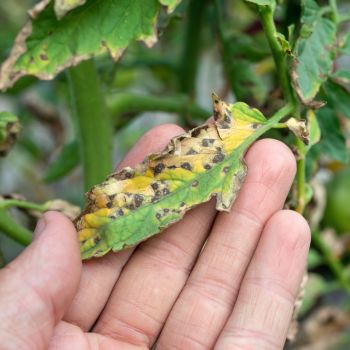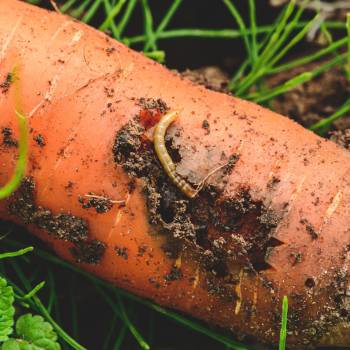While Integrated Pest Management is the most sustainable way to control pests and other problems in our gardens, at times we may need to resort to other methods of control. This article contains a range of homemade recipes/methods for controlling pests and other problems. While they are considered safe, only use them when and as needed as most are not selective and may kill beneficial insects as well.
Pests
Aphids – A few tablespoons of soap flakes or dishwashing liquid dissolved in about 4 litres of water and applied with a trigger spray bottle will kill them. The soap dissolves their waxy coating as well as suffocating them. This spray is non-selective so only spray the infestation. Woolly aphids can be controlled with a small paintbrush dipped in methylated spirits or sprayed with 50:50 metho and water.
White fly – Smear anything that is bright yellow with petroleum jelly and place or hang it near affected plants. The bright colour attracts them and they are trapped on the greasy surface.
Scale – These insect pests live under a waxy scale and affect citrus and roses to name a couple of plants. Spray with white oil. This suffocates them. Do not spray citrus in the hotter months of the year as it will cause defoliation of the tree.
Cabbage moth and butterfly – Mix equal parts of baking powder and flour and use as a dust on affected plants. This will kill the caterpillars within a couple of days.
Ants – These little workers are very diligent and can clean up a lot of things but their interest in fine seeds may make them a nuisance in the vegetable garden. When sowing carrots or other fine seed sprinkle pepper or ground cinnamon along the row after you have sown your seed. It won’t kill the ants but will stop them from helping themselves to the seed.
Snails & slugs – Squash them; isn’t the sound satisfying? Set an old margarine container (or similar) in the ground and fill it with beer or a small amount of Vegemite and water. Snails and slugs are attracted to the yeast and drown in it. Not exactly ‘Happy little Vegemites’ but the gardener is!
Fungal Problems
Powdery mildew – Mix 4 level teaspoons of baking soda and 1 teaspoon of pure soap (biodegradable, no phosphates) in 4 litres of water, keep agitated. Spray all leaves thoroughly, until the solution begins to run off. Spray the top and bottom of affected leaves. Do not spray in full sun as this may burn the leaves of some plants. A 10% solution of milk in water, sprayed on, is another method of controlling powdery mildew. Lime sulphur, sprayed on fruit trees when dormant, is a good way to take care of fungal problems before they become evident in the summer months.
Damping off – This fungus causes newly emerged seedling to rot off at ground level. Otherwise healthy seedlings one day will be laying flat the next. Sprinkle the soil with ground cinnamon when sowing seed. This will stop your seedlings from succumbing to ‘damping off’ when they emerge.
Weeds
Fill a spray bottle with vinegar and apply a fine mist to thoroughly coat the leaves. Spray to runoff. Apply in direct sunlight. You'll have more success if you do 2 or 3 repeat applications. Most vinegar available is 5% acetic acid, if you can get double strength, or stronger, all the better. A cup of salt in a litre of vinegar is also effective but is not selective. Use this one in moderation as an excess of salt in the soil will kill soil life. A kettle of boiling water can also be used to ‘spot’ control weeds in concrete, etc.
As with all sprays, only use what you need and ensure good coverage of the target, including the undersides of the leaves. You may need more than one application for some things but isn’t that a safer and more responsible path to take?






